Rubbing Alcohol Hacks: Your Secret Weapon for a Thriving Home!
Ever feel like your home could use a little magic touch? I know I do! We all strive for a clean, organized, and healthy living space, but sometimes, the solutions we need are hiding in plain sight. Forget expensive cleaning products and complicated routines. Get ready to unlock the incredible potential of something you probably already have in your medicine cabinet: rubbing alcohol!
For generations, rubbing alcohol has been a staple in households, primarily known for its antiseptic properties. But its uses extend far beyond first aid! Think of it as a multi-purpose marvel, a DIY enthusiast’s dream come true. From tackling stubborn stains to keeping your plants happy, the possibilities are truly endless.
Why do you need these rubbing alcohol hacks? Because life is busy! We’re all looking for ways to simplify our routines, save money, and create a healthier environment. These simple, effective tricks will not only make your home sparkle but also protect your family and pets from germs and pests. So, let’s dive into the amazing world of rubbing alcohol and discover how this humble liquid can transform your home into a haven of cleanliness and well-being!
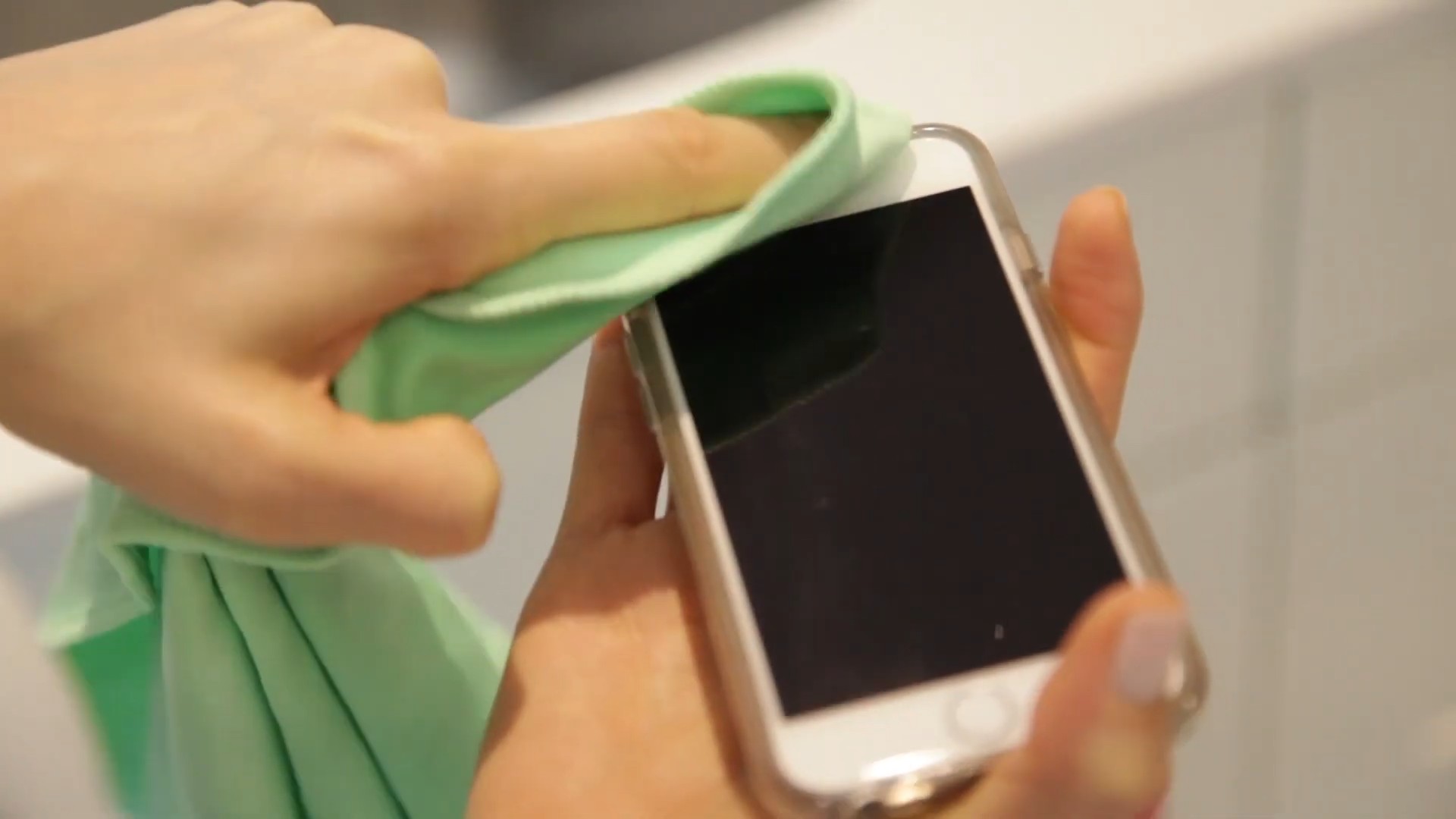
Unlock the Magic: Amazing DIY Hacks with Rubbing Alcohol!
Hey there, fellow DIY enthusiasts! I’m so excited to share some of my favorite and most effective hacks using something you probably already have in your medicine cabinet: rubbing alcohol (isopropyl alcohol). This stuff is seriously a miracle worker, and I’m constantly amazed by its versatility. Get ready to be blown away by these simple yet game-changing tricks!
Cleaning and Disinfecting Powerhouse
Rubbing alcohol is a fantastic disinfectant, making it perfect for a variety of cleaning tasks around the house. Its ability to kill germs and evaporate quickly makes it a go-to for me.
Cleaning Electronics
I’m always a little nervous about cleaning my electronics, but rubbing alcohol makes it a breeze.
* Why it works: It dissolves grease and grime without damaging sensitive components and evaporates quickly, preventing water damage.
* What you’ll need: Rubbing alcohol (70% or higher is best), microfiber cloths, cotton swabs.
Step-by-step instructions:
1. Power down: Always, always turn off and unplug the device you’re cleaning. Safety first!
2. Dampen, don’t soak: Lightly dampen a microfiber cloth with rubbing alcohol. Never pour alcohol directly onto your device.
3. Wipe down surfaces: Gently wipe down the screen, keyboard, or other surfaces. For tight spots like around keys, use a cotton swab dipped in alcohol.
4. Dry completely: Allow the alcohol to evaporate completely before turning the device back on. This usually only takes a few minutes.
Sanitizing Your Phone
Our phones are germ magnets! I try to sanitize mine daily.
* Why it works: Kills bacteria and viruses that accumulate on your phone’s surface.
* What you’ll need: Rubbing alcohol (70% or higher), microfiber cloth.
Step-by-step instructions:
1. Power off: Turn off your phone.
2. Dampen the cloth: Lightly dampen a microfiber cloth with rubbing alcohol.
3. Wipe it down: Gently wipe down the entire surface of your phone, including the screen, back, and sides.
4. Let it air dry: Allow the alcohol to evaporate completely before using your phone again.
Cleaning Mirrors and Windows
Say goodbye to streaks! Rubbing alcohol makes mirrors and windows sparkle.
* Why it works: It cuts through grease and grime, leaving a streak-free shine.
* What you’ll need: Rubbing alcohol, spray bottle, microfiber cloth or paper towels.
Step-by-step instructions:
1. Mix your solution: Pour rubbing alcohol into a spray bottle. You can use it straight or dilute it slightly with water (a 50/50 mix works well).
2. Spray the surface: Lightly spray the mirror or window with the alcohol solution.
3. Wipe it clean: Wipe the surface with a clean microfiber cloth or paper towel.
4. Enjoy the shine: Admire your sparkling clean mirrors and windows!
Disinfecting Surfaces
From countertops to doorknobs, rubbing alcohol is my go-to for disinfecting.
* Why it works: Kills germs and bacteria on contact.
* What you’ll need: Rubbing alcohol, spray bottle, clean cloth.
Step-by-step instructions:
1. Spray the surface: Spray the surface you want to disinfect with rubbing alcohol.
2. Let it sit: Allow the alcohol to sit on the surface for at least 30 seconds to kill germs effectively.
3. Wipe it clean: Wipe the surface with a clean cloth.
Beauty and Personal Care Hacks
Believe it or not, rubbing alcohol has some amazing beauty and personal care applications!
DIY Hand Sanitizer
With all the germs around, I like to have my own hand sanitizer on hand (pun intended!).
* Why it works: Kills germs and bacteria on your hands.
* What you’ll need: Rubbing alcohol (99% is ideal), aloe vera gel, essential oil (optional), small bottle.
Step-by-step instructions:
1. Mix the ingredients: In a bowl, combine 2/3 cup of rubbing alcohol with 1/3 cup of aloe vera gel.
2. Add essential oil (optional): Add a few drops of your favorite essential oil for fragrance and added antibacterial properties (tea tree, lavender, or eucalyptus are great choices).
3. Mix well: Stir the ingredients together until they are well combined.
4. Pour into a bottle: Pour the mixture into a small, clean bottle.
5. Use as needed: Apply a small amount to your hands and rub them together until dry.
Removing Nail Polish
Out of nail polish remover? No problem! Rubbing alcohol to the rescue.
* Why it works: It dissolves the nail polish, making it easier to remove.
* What you’ll need: Rubbing alcohol, cotton balls.
Step-by-step instructions:
1. Soak a cotton ball: Soak a cotton ball in rubbing alcohol.
2. Hold on nail: Press the soaked cotton ball firmly onto your nail and hold it there for a few seconds.
3. Wipe away polish: Wipe the cotton ball back and forth until the polish is removed. You may need to repeat this process a few times, especially for darker colors.
4. Moisturize: Rubbing alcohol can be drying, so be sure to moisturize your hands and nails afterward.
Cleaning Makeup Brushes
Dirty makeup brushes can harbor bacteria, leading to breakouts. I clean mine regularly with rubbing alcohol.
* Why it works: Kills bacteria and removes makeup residue.
* What you’ll need: Rubbing alcohol, small bowl, paper towels.
Step-by-step instructions:
1. Pour alcohol into a bowl: Pour a small amount of rubbing alcohol into a bowl.
2. Dip the brushes: Dip the bristles of your makeup brushes into the alcohol, being careful not to get any alcohol on the handle.
3. Swirl and clean: Swirl the brushes around in the alcohol to loosen makeup residue.
4. Wipe on paper towels: Wipe the brushes on a clean paper towel to remove the residue.
5. Let them dry: Allow the brushes to air dry completely before using them again.
Treating Ingrown Hairs
Ingrown hairs are annoying and sometimes painful. Rubbing alcohol can help!
* Why it works: Disinfects the area and helps to reduce inflammation.
* What you’ll need: Rubbing alcohol, cotton ball.
Step-by-step instructions:
1. Clean the area: Gently clean the area around the ingrown hair with soap and water.
2. Apply alcohol: Dab a cotton ball soaked in rubbing alcohol onto the ingrown hair.
3. Repeat: Repeat this process several times a day until the ingrown hair is resolved.
Household Hacks
Beyond cleaning and beauty, rubbing alcohol can tackle some surprising household problems.
Removing Sticky Residue
Those pesky stickers that leave behind a sticky mess? Rubbing alcohol is your friend.
* Why it works: It dissolves the adhesive, making it easy to remove.
* What you’ll need: Rubbing alcohol, cotton ball or cloth.
Step-by-step instructions:
1. Apply alcohol: Soak a cotton ball or cloth in rubbing alcohol.
2. Apply to residue: Press the soaked cotton ball or cloth onto the sticky residue and let it sit for a few minutes.
3. Wipe away: Wipe away the residue with the cloth. You may need to repeat this process for stubborn residue.
Getting Rid of Fruit Flies
Fruit flies are a nuisance, especially in the summer. I’ve found this trick to be surprisingly effective.
* Why it works: The alcohol fumes attract and kill the fruit flies.
* What you’ll need: Rubbing alcohol, spray bottle.
Step-by-step instructions:
1. Pour alcohol into a spray bottle: Pour rubbing alcohol into a spray bottle.
2. Spray the air: Lightly spray the air in the area where you see fruit flies. Be careful not to spray directly on food or surfaces.
3. Repeat as needed: Repeat this process as needed to keep the fruit flies at bay.
Defrosting Your Car Windshield
In a hurry on a frosty morning? Rubbing alcohol can quickly defrost your windshield.
* Why it works
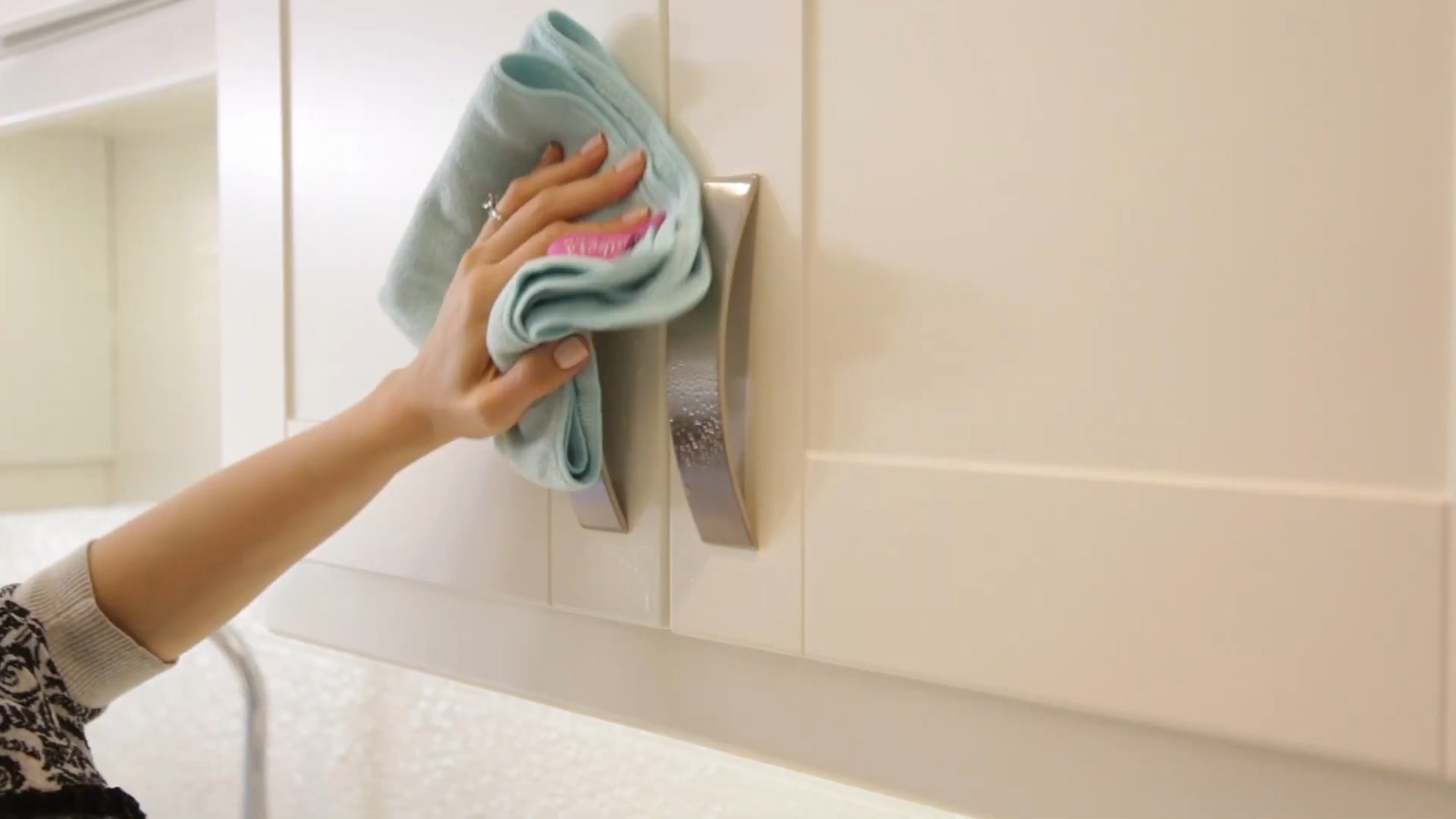
Conclusion
So, there you have it! This deep dive into the world of rubbing alcohol hacks has hopefully opened your eyes to the sheer versatility of this unassuming household staple. We’ve explored a range of applications, from tackling stubborn stains to creating effective cleaning solutions, and even venturing into the realm of beauty and personal care. But the real magic lies in the simplicity and affordability of these DIY solutions.
Why is this a must-try? Because in a world saturated with expensive, specialized products, rubbing alcohol offers a refreshingly straightforward and cost-effective alternative. It’s about reclaiming control over your cleaning routine, your beauty regimen, and even your household repairs. It’s about simplifying your life and saving money without sacrificing effectiveness.
Consider the environmental impact, too. By opting for DIY solutions using rubbing alcohol, you’re reducing your reliance on commercially produced products that often come with excessive packaging and potentially harmful chemicals. You’re making a conscious choice to be more sustainable and eco-friendly.
But the beauty of these rubbing alcohol hacks lies in their adaptability. Feel free to experiment and tailor them to your specific needs and preferences. For instance, if you’re using rubbing alcohol as a cleaning solution, try adding a few drops of your favorite essential oil for a pleasant scent. Lavender, lemon, and eucalyptus are all excellent choices. If you’re using it as a hand sanitizer, consider adding a small amount of aloe vera gel to combat dryness.
And don’t be afraid to get creative! Perhaps you’ll discover a new and innovative way to use rubbing alcohol that we haven’t even covered here. That’s the spirit of DIY – exploration, experimentation, and a willingness to think outside the box.
We’ve shown you how to make your own window cleaner, a disinfectant spray, and even how to remove permanent marker from surfaces. These are just starting points. The possibilities are truly endless.
The key takeaway is this: rubbing alcohol is a powerful and versatile tool that deserves a place in every home. It’s a simple, affordable, and effective solution for a wide range of problems.
Now, it’s your turn. We encourage you to try these rubbing alcohol hacks for yourself. Start with one or two that resonate with you and see the difference they can make. Once you’ve experienced the benefits firsthand, you’ll be a convert, we promise!
And most importantly, we want to hear about your experiences. Share your successes, your failures, and your own unique rubbing alcohol hacks in the comments section below. Let’s create a community of DIY enthusiasts who are passionate about simplifying their lives and saving money. Let’s learn from each other and inspire each other to explore the endless possibilities of rubbing alcohol.
So, go ahead, grab a bottle of rubbing alcohol and get started. You might be surprised at what you can accomplish. Happy hacking!
Frequently Asked Questions (FAQs)
Is rubbing alcohol safe to use on all surfaces?
While rubbing alcohol is generally safe for many surfaces, it’s crucial to exercise caution and test it in an inconspicuous area first, especially on delicate or painted surfaces. Rubbing alcohol can potentially damage or discolor certain materials, such as some plastics, varnished wood, and certain fabrics. Always dilute rubbing alcohol with water when cleaning painted surfaces. For electronics, use isopropyl alcohol that is at least 90% pure and apply it with a microfiber cloth, ensuring the device is turned off and unplugged. Avoid using it on LCD screens unless specifically recommended by the manufacturer. When in doubt, consult the manufacturer’s instructions or test a small, hidden area before applying it to the entire surface.
What is the difference between isopropyl alcohol and rubbing alcohol?
The terms “isopropyl alcohol” and “rubbing alcohol” are often used interchangeably, but there’s a subtle difference. Isopropyl alcohol is the pure chemical compound, while rubbing alcohol is a product that contains isopropyl alcohol mixed with water and sometimes other denaturants. Rubbing alcohol typically comes in concentrations of 70% or 91% isopropyl alcohol. Both are effective disinfectants and cleaning agents, but the higher concentration (91%) is generally preferred for cleaning electronics and removing sticky residue, as it evaporates more quickly and leaves less residue behind. For general disinfecting purposes, 70% rubbing alcohol is often sufficient and may be less harsh on some surfaces.
Can I use rubbing alcohol as a hand sanitizer?
Yes, rubbing alcohol with a concentration of at least 70% isopropyl alcohol can be used as an effective hand sanitizer. The Centers for Disease Control and Prevention (CDC) recommends using hand sanitizers with at least 60% alcohol to kill most germs and viruses. However, frequent use of rubbing alcohol as a hand sanitizer can dry out your skin. To combat this, consider adding a small amount of aloe vera gel or glycerin to your homemade hand sanitizer to moisturize your hands. Remember that hand sanitizers are not a substitute for thorough handwashing with soap and water, which is still the most effective way to remove germs.
How should I store rubbing alcohol safely?
Rubbing alcohol is flammable and should be stored safely to prevent accidents. Keep it in a tightly sealed container in a cool, dry, and well-ventilated area, away from heat, sparks, open flames, and direct sunlight. Store it out of reach of children and pets, as ingestion can be harmful. Avoid storing it near other flammable materials or oxidizing agents. When disposing of rubbing alcohol, do not pour it down the drain. Instead, contact your local waste management facility for proper disposal instructions.
Can rubbing alcohol remove permanent marker stains?
Yes, rubbing alcohol can be effective at removing permanent marker stains from various surfaces. The alcohol acts as a solvent, breaking down the ink and allowing it to be wiped away. To remove a permanent marker stain, apply rubbing alcohol to a clean cloth or cotton ball and gently blot the stain. Avoid rubbing vigorously, as this can spread the stain. Continue blotting until the stain is lifted. For stubborn stains, you may need to repeat the process several times. After removing the stain, clean the area with soap and water to remove any remaining alcohol residue. Remember to test the rubbing alcohol in an inconspicuous area first to ensure it doesn’t damage the surface.
Is it safe to mix rubbing alcohol with other cleaning products?
No, it is generally not safe to mix rubbing alcohol with other cleaning products, especially bleach. Mixing rubbing alcohol with bleach can create toxic fumes that can be harmful to your health. Always use rubbing alcohol on its own and avoid combining it with other chemicals. If you’re unsure about the compatibility of rubbing alcohol with a particular cleaning product, it’s best to err on the side of caution and avoid mixing them.
Can rubbing alcohol be used to treat acne?
While some people use rubbing alcohol to treat acne, it’s generally not recommended by dermatologists. Rubbing alcohol can be very drying and irritating to the skin, which can actually worsen acne in the long run. It can also disrupt the skin’s natural barrier, making it more susceptible to infection. There are many other effective and gentler acne treatments available, such as benzoyl peroxide, salicylic acid, and retinoids. If you’re struggling with acne, it’s best to consult a dermatologist for personalized advice and treatment options.
What are some other creative uses for rubbing alcohol?
Beyond cleaning and disinfecting, rubbing alcohol has a surprising number of other creative uses. It can be used to:
* Remove sticky residue from labels and stickers.
* Clean and disinfect makeup brushes.
* Create a homemade ice pack by mixing it with water in a freezer bag.
* Remove ink stains from clothing.
* Clean and shine chrome surfaces.
* Deodorize shoes by spraying it inside.
* Extend the life of cut flowers by adding a few drops to the water.
* Defrost car windows in the winter.
These are just a few examples, and the possibilities are truly endless. With a little creativity, you can discover even more ways to use rubbing alcohol to simplify your life and save money.


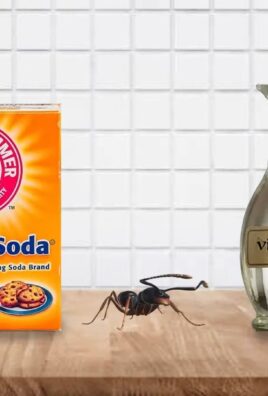
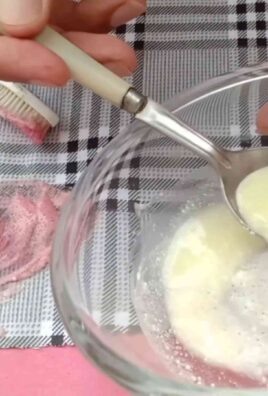
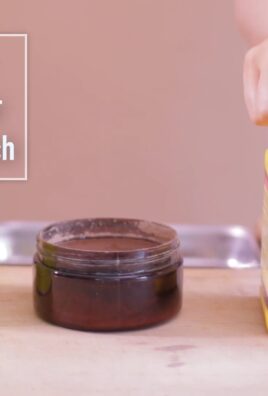
Leave a Comment